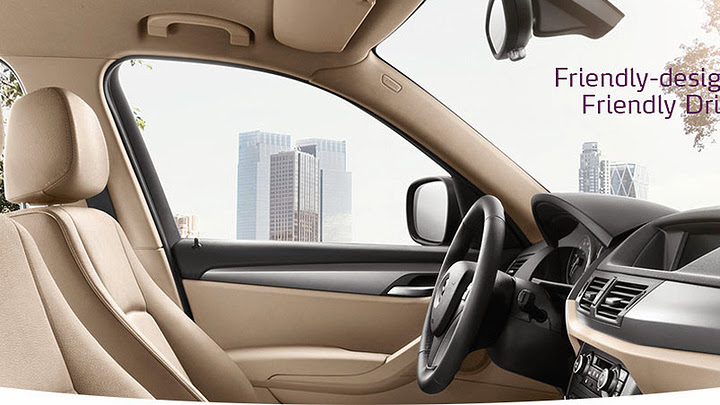
Every automaker operates in a constant struggle to concile emotional and rational aspects. The first ones would be company values, such as improving luxury, performance and/or off-road capabilities, for instance. The others could be summed up as dealing with costs, basically. The best scenario for any of them would be to always show entirely new cars, because each project would be entirely dedicated to its own market, but factors such as sales numbers and development costs make this strategy simply unable to generate profits. This is why you’re reading so much about automakers sharing car components in these days, whether among their own cars or with other automakers’s.
Therefore, the actual scenario is to produce a reduced number of different components in order to attach bigger sales to each one. There are several paths which converge into that, and one of them is what motivated Brilliance and BMW to develop their first vehicle together, under the all-new Zinoro marque. Expected to be offered only in China, 1E is basically a no-frills version of BMW X1 which uses i3’s electric powertrain. Taking an existing car was interesting to avoid spending too much on development, while it also creates another demand source for the aforementioned powertrain’s factory. Despite everything looking like a high-quality, low-pollutant cash cow has been concocted, 1E’s life might be harder than its parents expect.







The first barrier to this crossover’s success is its own design. Many words can be used, but the truth is it’s ugly. Front and rear fascias were redesigned to take off BMW’s identity, but what was done can’t be considered good. BMW’s signature grille was replaced with a set of uninspired shapes which simply don’t connect to each other, making the entire section look pointless. Dropping X1’s roof racks may leave 1E like a swollen hatchback, but some people might actually prefer to stay away from the recent fake-SUV fever. The rear, in turn… BMW’s two-part tail lights were cut in half, certainly for the fact that all-steel trunk lids are cheaper to build. But, as you can see, when you spot this car on the road your first thought will be to overtake it.
Sure, design is always a very subjective aspect, but it’s also true that there are certain “rules” to follow in some car categories. Entering the price range 1E is expected to have with such poor styling makes success really hard to achieve, even in a black-hole market like China. This car will probably attract mostly for being an affordable, all-electric people mover. Compared to X1’s, the cabin received cheaper coating and equipments, but conserves most of the original design. And when it comes to the powertrain, there’s a 170-hp electric propeller with rear-wheel-drive, capable of reaching 150 km of range and 130 kph of top speed. Recharging the batteries will take seven hours.